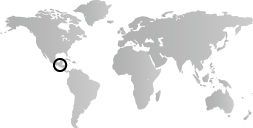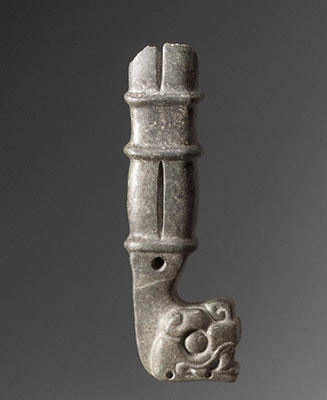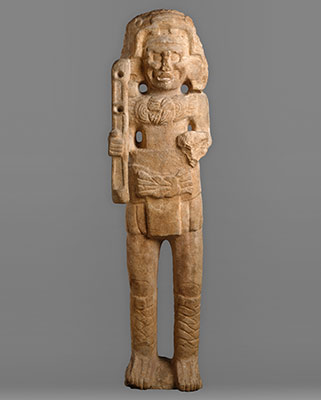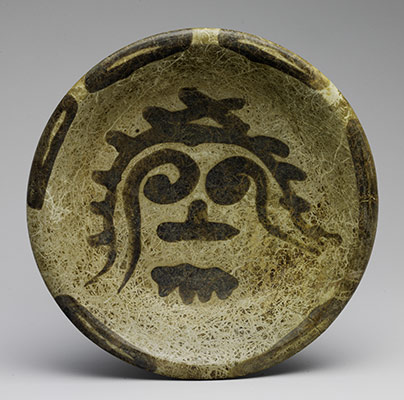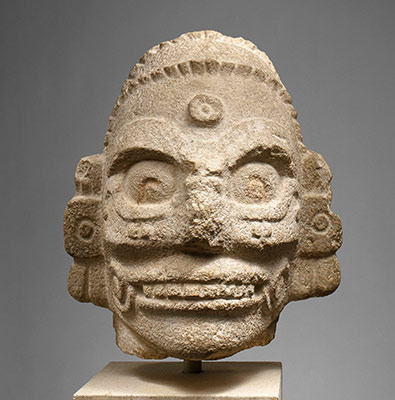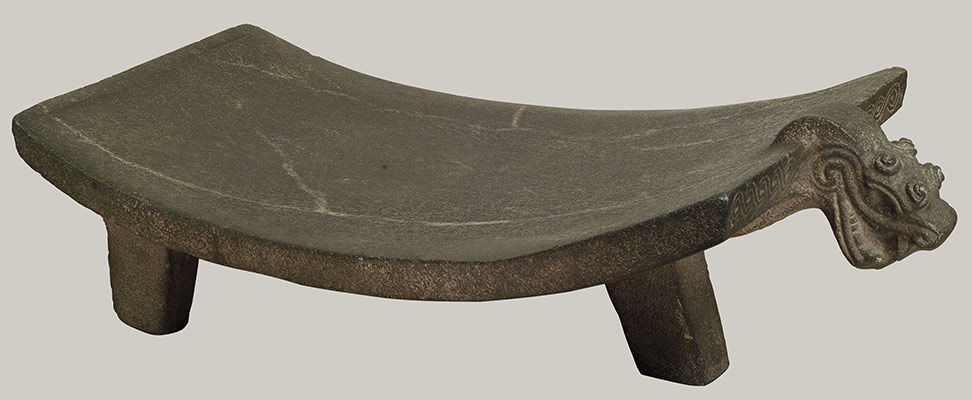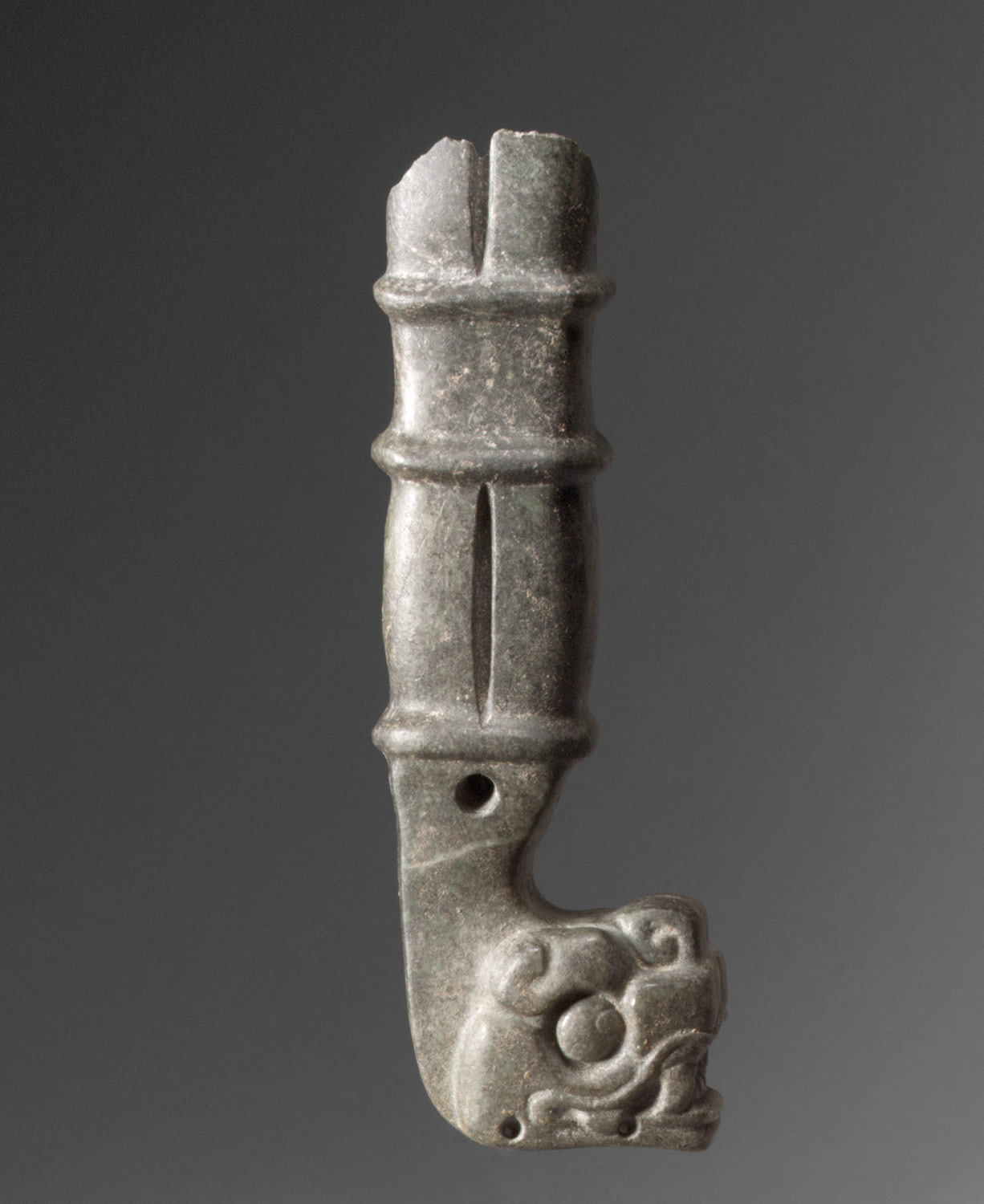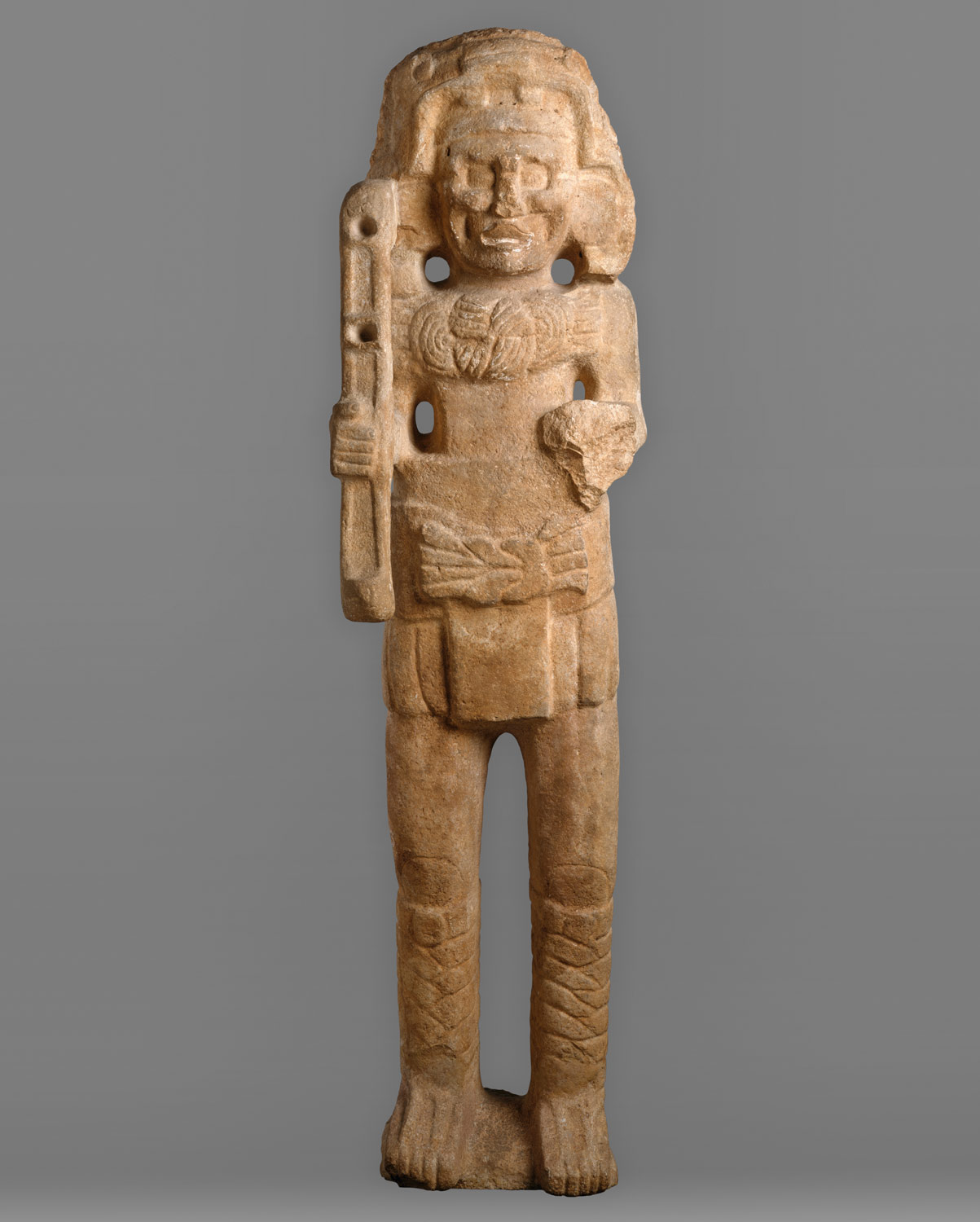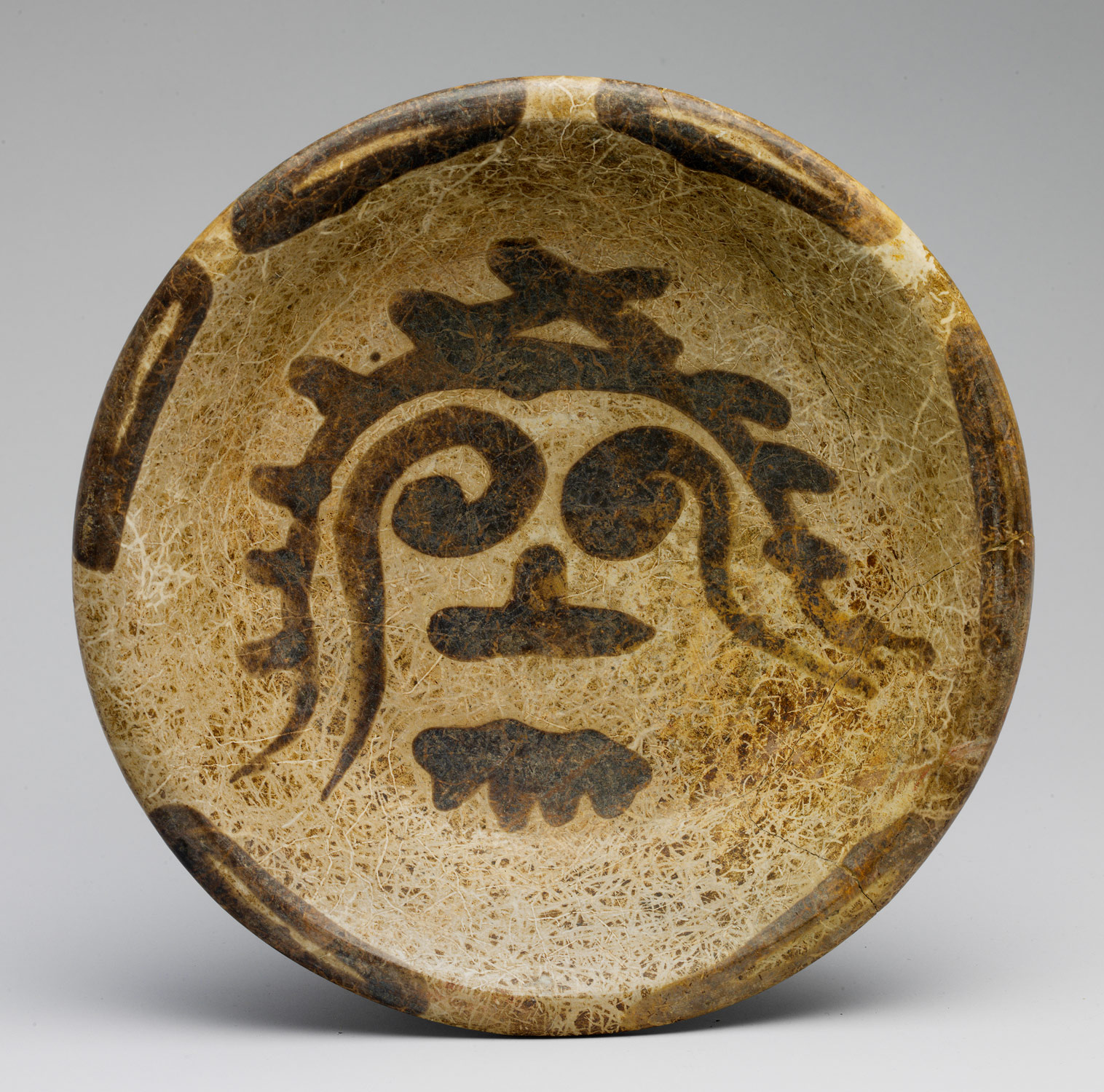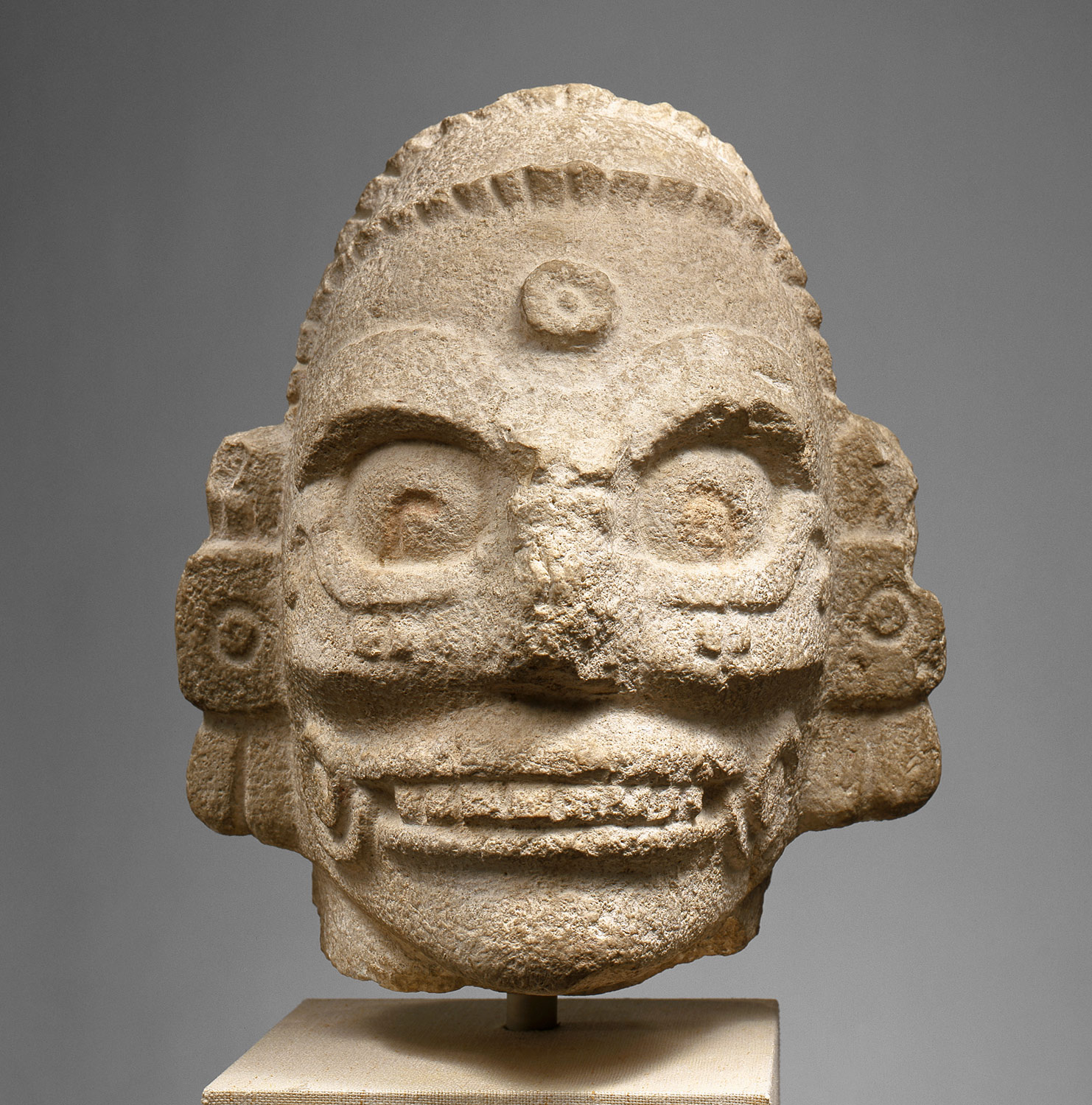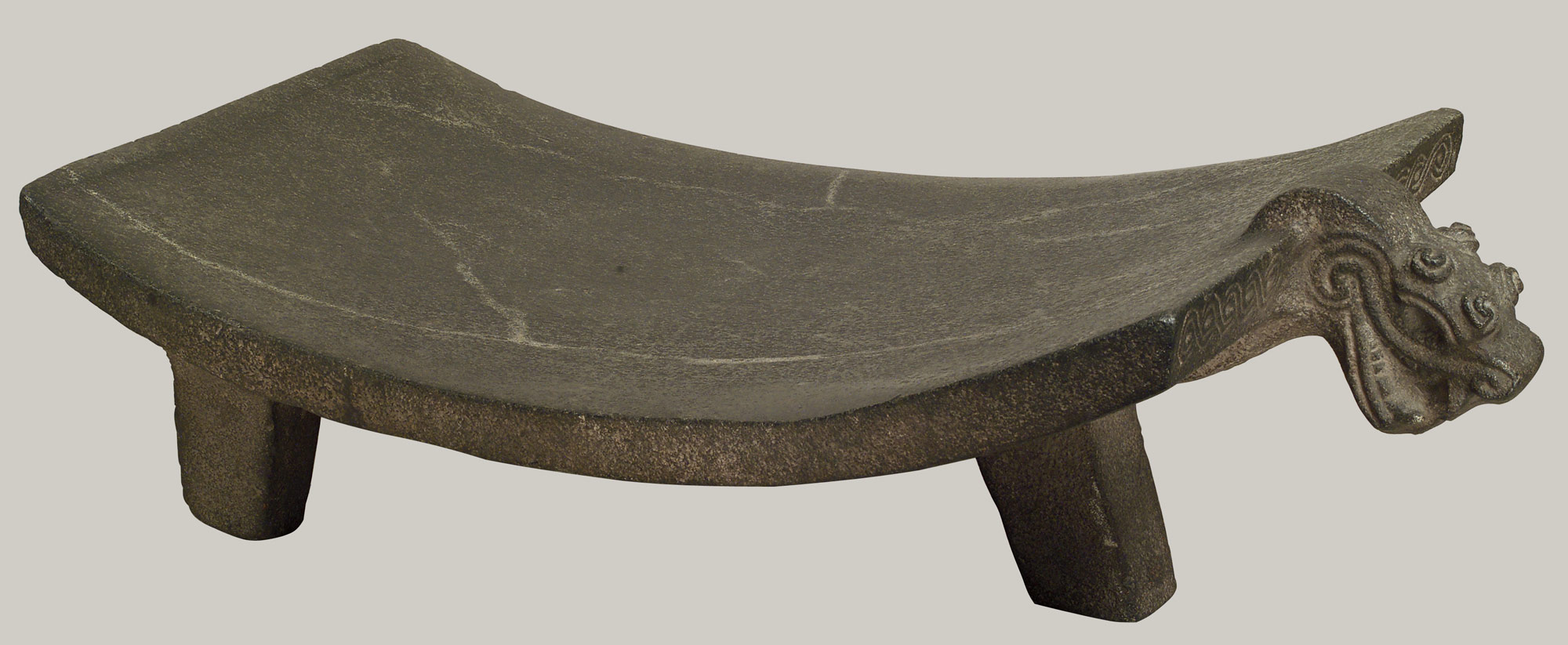The collapse of the dynastic Maya city-states in the central region during the tenth century creates a political vacuum. The northern and southern regions remain more viable, but they are strongly influenced by central Mexican peoples. In Yucatan, Chichén Itzá falls, to be replaced by Mayapan as the dominant center. In the Guatemalan highlands in the south, the K’iche’, a warrior people from the Mexican Gulf Coast, establish a modest tribute state. Art is produced primarily for deity worship and religious ritual rather than for use by divine rulers. Warriors and gods, both local and Mexican, are frequent themes. Only a few dated monuments are erected.
Maya Area, 1000–1400 A.D.
Timeline
1000 A.D.
1100 A.D.
NORTHERN REGION
SOUTHERN REGION
1100 A.D.
1200 A.D.
NORTHERN REGION
SOUTHERN REGION
1200 A.D.
1300 A.D.
NORTHERN REGION
SOUTHERN REGION
1300 A.D.
1400 A.D.
NORTHERN REGION
SOUTHERN REGION
Overview
Key Events
-
ca. 1000
In the formerly dynamic central region of the southern lowlands, dramatically diminished populations are clustered in small settlements largely in riverine, coastal, and lake-side areas maintaining close trade relations with sites to the north.
-
ca. 1100
Construction activity at Chichén Itzá ceases, the population decreases, and the city falls into decline. Mayapan is founded by members of an Itzá lineage. The northern lowlands are fragmented politically.
-
ca. 1150
At Chichén Itzá, a treasure in gold, jadeite, wood, shell, and bone objects is cast into the Sacred Well.
-
ca. 1200
At Lamanai in northern Belize, elite burials contain gold and copper objects from Oaxaca, West Mexico, and the Veraguas region of Panama in addition to quantities of local and Yucatec ceramics.
-
ca. 1250
Mayapan is the political capital of a confederation of provinces in northwestern Yucatan. With about 12,000 inhabitants, the city covers some two square miles and is surrounded by a defensive wall over five miles long. Its architecture features pyramids, temples, and palaces showing strong central Mexican ties.
-
ca. 1250
Chichén Itzá is largely abandoned. Pilgrims continue to come to the site to worship Maya deities. They offer large quantities of ceramics, copal incense, and occasionally jade ornaments to the Sacred Well.
-
ca. 1280
The K’iché establish a modest state in highland Guatemala. Tribute is delivered by many conquered towns to their capital city Utatlán located in a defensive position atop a hill surrounded by deep ravines.
-
ca. 1300
Numerous small, mostly coastal communities and city-states with modest, crudely built pyramids, temples, shrines, and residential structures exist in northern Yucatan and eastern Quintana Roo. Among the larger regional centers are San Fernando, El Meco, and Chetumal.
-
ca. 1330
Large numbers of censers with elaborate deity effigies on the front of cylindrical containers are produced at Mayapan and throughout the region. They are made of rough clay and painted after firing with bright blue, red, and white.
-
ca. 1350–ca. 1400
Polychrome frescoes on the walls of two buildings at the fortified city of Tulum on the Caribbean coast of Yucatan are painted in hybrid Maya-Puebla-Mixteca style.
-
ca. 1400
Screenfold books (manuscripts called codices) are painted by a priestly elite on fig-bark paper. They portray deities of the Maya pantheon and include tablets of astronomical or calendrical information. While many such books were made, only four survive today.
Citation
“Maya Area, 1000–1400 A.D.” In Heilbrunn Timeline of Art History. New York: The Metropolitan Museum of Art, 2000–. http://www.metmuseum.org/toah/ht/?period=07®ion=caa (October 2001)
Related
Map
